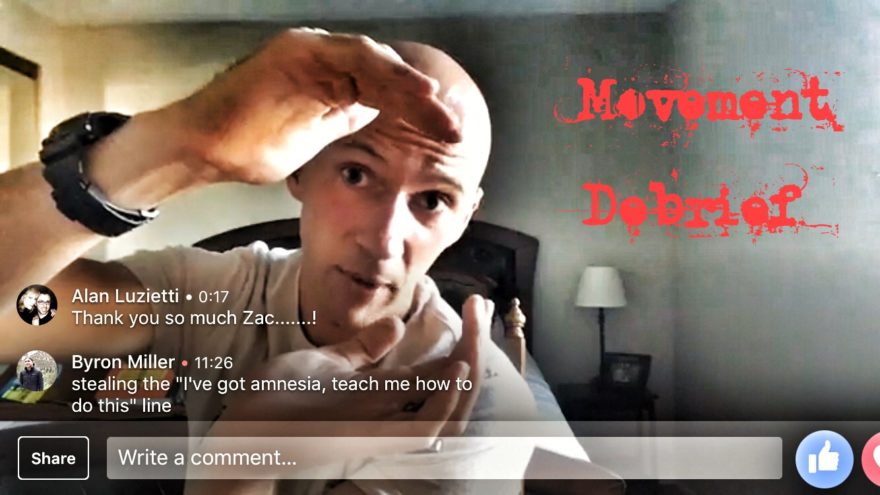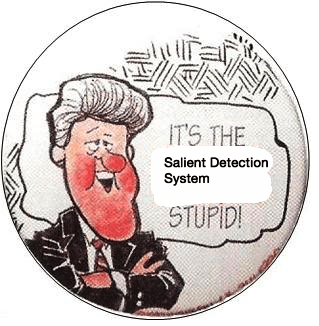Did you miss Movement Debrief live yesterday? Though much more fun live, I have a video of what we discussed below. This debrief was quite fun, as we had an impromptu viewer q&a. Thank you Alan Luzietti for the awesome questions! If you follow along live on Facebook or Youtube, I will do my best to answer any questions you ask. Yesterday we discussed the following topics: Why you should emphasize sagittal plane activities longer than you think How to coach exercises to maximize client learning and compliance Why detaching from your client encounters makes you a better clinician Viewer Q&A – “centering from the chaos” & TFL Inhibition Lastly, if you want the acute:chronic workload calculator I spoke about, click here. Without further ado: Master Sagittal Plane Coaching Progressions Detaching Refocusing TFL Inhibition
Read More
